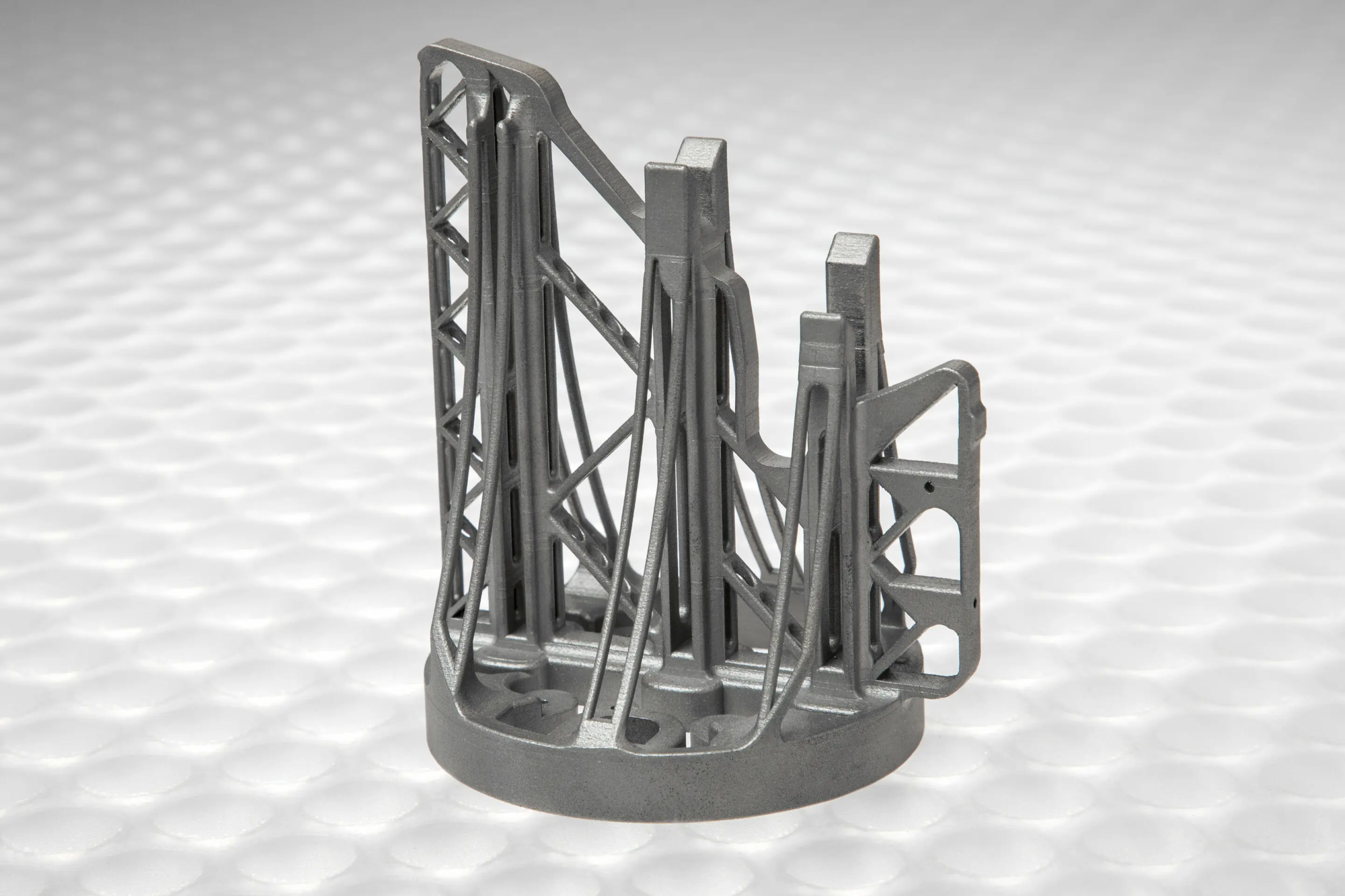3D printed buildings are becoming more and more popular and are now on campus!
On December 16, 2024, according to the resource database, Ningbo Institute of Technology of Zhejiang University in Yinzhou District, Ningbo City3D printed bridgeIt has become a highlight thanks to its unique design and cutting-edge technology. The bridge is shaped like a crescent moon,Total length 16 meters, width 3.3 meters, height 3.3 metersspanning the campus landscaped river, is a pedestrian bridge. In terms of design, the south side is equipped with a curved sunshade roof with oval windows, and the north side is equipped with a meniscus-shaped handrail consistent with the style of the bridge, presenting an overall visual effect beautiful and smooth.
It is understood that the bridge was built using 3D architectural printing technology from Hangzhou Guanli Technology. It is currently the largest non-linear space-shaped printed concrete landscape bridge in the world. As a new landmark of the Ningbo campus of Zhejiang University, this bridge embodies the deep integration of technology and art in terms of design aesthetics, technological application and innovative concepts, thus creating a new chapter in the field of digital architecture.
Additionally, we have already reported on many unique 3D printing bridge projects. For example, the 3D printed concrete pedestrian bridge in Shanghai Wisdom Bay and the 3D printed precast concrete Zhaozhou Ancient Bridge built by Hebei University of Technology. In addition, Nanjing’s first 3D printed concrete curved girder bridge was also completed at Haiqiao Road High School.
The “Liuyun Bridge” built in Yima River Park in Chengdu has a total length of 66.8 meters, of which the 3D printed part of the bridge is 21.58 meters long, 8 meters at its widest point and 2.68 meters at its highest point. The bridge deck is printed using a custom ASA polymer material with 20% fiberglass added.





